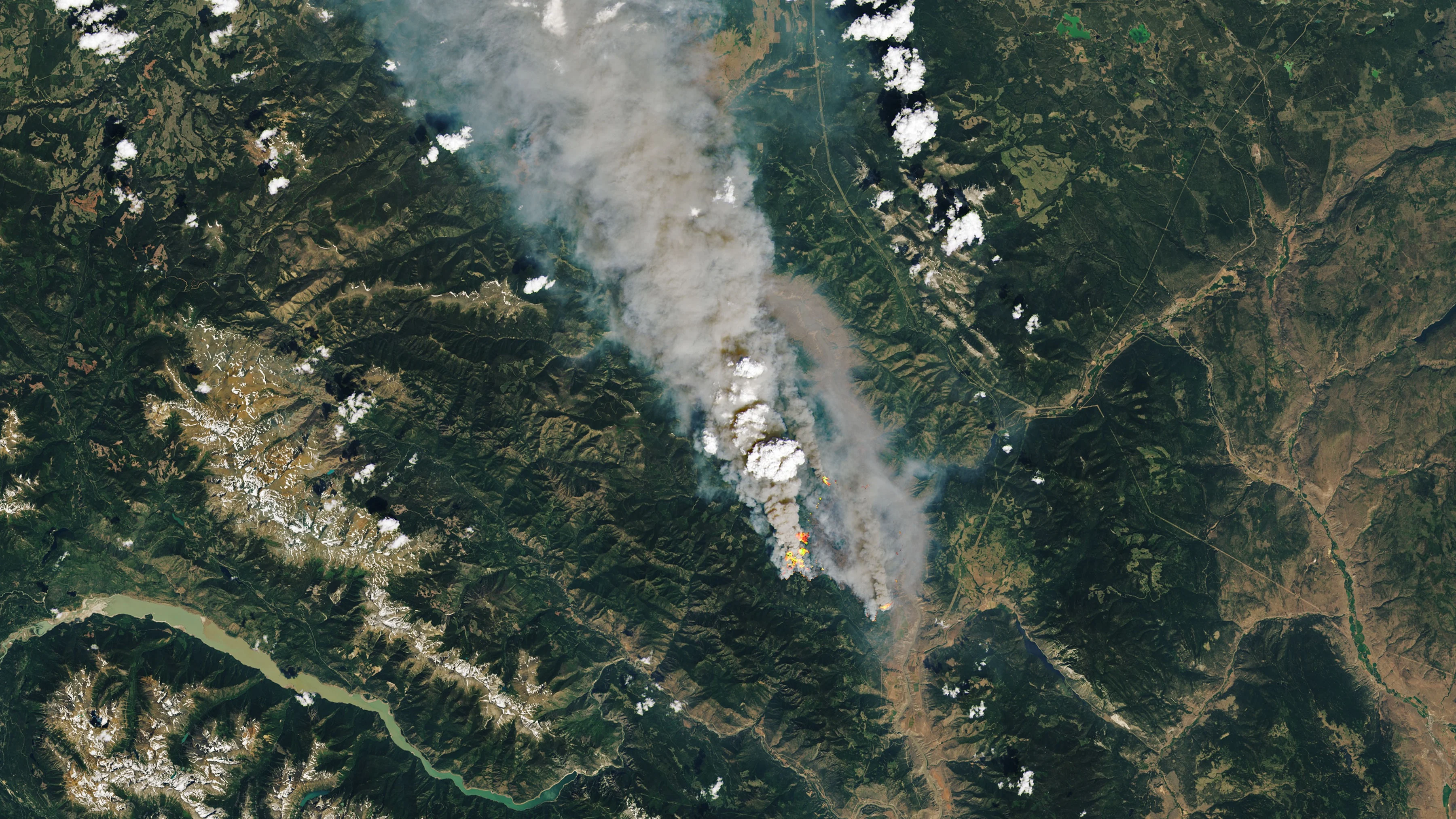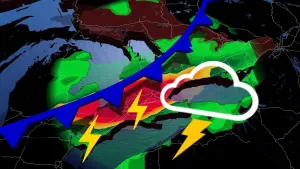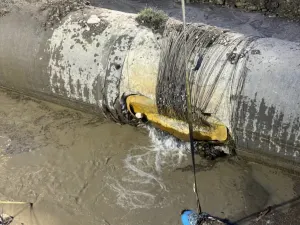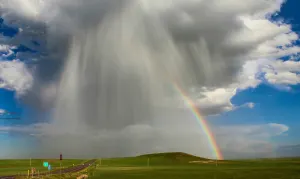
How much are fossil fuel companies to blame for western wildfires?
New research suggests that the world’s 88 largest emitting companies are responsible for nearly 40 per cent of the land burnt by wildfires in the western U.S. and southwestern Canada. Of the companies studied, five are Canadian.
Linking climate change with heavy emitting companies isn’t a new concept. But emissions from a group of major fossil fuel and cement companies have now been linked to the increase in wildfires in the forested areas of western United States and southwestern Canada, according to a new study.
This research, published in the journal Environmental Research Letters, is part of a growing field called attribution science that aims to quantify how much a source (like a company) contributed to an extreme weather event or trend in the world’s changing climate.
Follow The Weather Network's climate coverage on Instagram here
“We really wanted to shine a spotlight on the fossil fuel industry's role in changing our climate,” Kristina Dahl, one of the paper’s authors and principal climate scientist for the Climate & Energy program at the Union of Concerned Scientists, told The Weather Network.
The research began a little over a year ago. Dahl and her colleagues at the University of California San Francisco began thinking about the role of emissions from the fossil fuel industry and the wildfires in western North America.
In general, attribution science papers that run simulations with and without human emissions, but other factors left the same. This is to show how much more or less likely or how much more or less severe a certain type of climate event happening would become based on whether or not these emissions were present.
READ MORE: EXCLUSIVE | Environment minister on the future of Canada's criticized emissions report
Dahl and her colleagues took a slightly different approach. First, they looked at data compiled between 1850 and 2014 to see how much oil, coal gas, and cement these companies — dubbed “the Big 88” — produced between those years. From there, they were able to extrapolate the emissions from each company in the informal grouping.
In all, the team ended up using 30 different models for their results. First, they looked at previous research to show the Big 88’s emissions have increased the world’s average warming temperature. Then they found that these increases in temperature are very strongly tied to higher vapor pressure deficits (VPD), in other words how dry an area is, in the region they studied. From there, they were able to show how much VPD contributed to the overall area burnt over the years.

A satellite image of the 2021 wildfires in British Columbia, which blanketed much of the surrounding area in smoke. (NOAA)
The Big 88 were responsible for 48 per cent of the increase in VPD in the region between 1901 and 2021, the research shows. Further, emissions from those sources accounted for 37 per cent of the area burned by wildfires between 1986 and 2021.
“We looked at a huge amount of data, and basically found a very consistent signal that when global average temperature increases, vapour pressure deficit in this region of the world also increases,” Dahl said. “Like, it gets hotter. Heat tends to dry things out, and so it was very logical.”
According to Dahl, of the Big 88, five companies are Canadian: Canadian Natural Resources (not to be confused with the federal ministry, Natural Resources Canada), EnCanada, Husky, Suncor, and Talisman. Dahl pulled the numbers from the paper, and said these Canadian companies are responsible for 0.095, 0.122, 0.057, 0.113 and 0.074 per cent of global emissions, respectively.
Among the Big 88, there are a few companies that are responsible for particularly high emissions, like Exxon Mobil, which is responsible for around 2.5 per cent of global emissions, Dahl said. As such, Canadian companies are “somewhere in the middle,” as far as emitters go, and overall, Canada’s contribution is similar to similarly sized economies like Australia, the United Kingdom and Italy, she explained.
She added that attribution science papers like hers may become more common in the future. Additionally, communities around the world may end up turning to the growing field if they want to file a lawsuit against, for instance, a fossil fuel company for emissions causing sea level rise that damages their infrastructure.
Some plaintiffs are already using attribution science in their climate litigation cases. This could also point to more use of the research in the courtroom in the future, she said.
“I think we're seeing positive steps forward in a lot of these cases there,” she said. “You know, the legal process is long and slow and protracted, but there have been some recent signals that suggest that they will start moving forward”
Thumbnail image: Smoke and mammatus clouds seen during Alberta's wildfire season on May 14, 2023. (Kyle Brittain)











